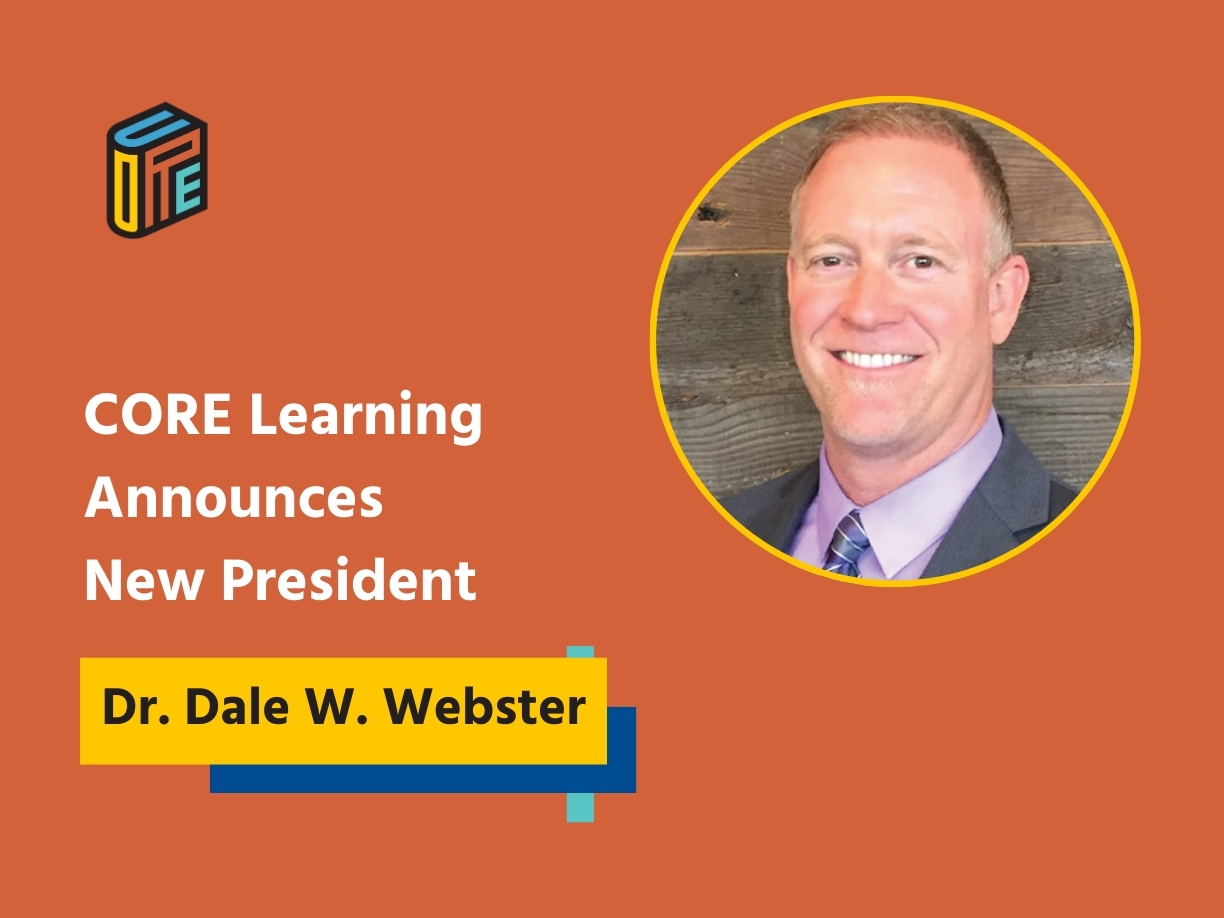Recommendations for States: Guiding the Transition
To facilitate literacy education that works, states should develop detailed rubrics and guides to assist districts in adopting high-quality instructional materials aligned with the science of reading and Structured Literacy practices. For example, the Curriculum Evaluation Guidelines provided by The Reading League serve as an excellent starting point, offering a framework for selecting materials that are both high quality and consistent with the science of reading principles.
To facilitate literacy education that helps to improve student literacy outcomes, states should utilize existing research-based rubrics to support districts in their review and adoption of elementary literacy instructional materials. In the past decade, instructional materials have been analyzed to assess their alignment with Structured Literacy and the science of reading. Existing rubrics are available for public use, including the Rubric for Evaluating Reading/Language Arts Instructional Materials for Kindergarten to Grade 5. This free resource was published in 2017 as a follow-up to the 2017 publication.
More recently, The Reading League (TRL) published its revised Curriculum Evaluation Guidelines (CEGs) and an accompanying workbook (2023) that are both available for free on the TRL website. The CEGs have been tested and revised based on feedback from states and districts that have used them. States can use existing resources available, such as TRL’s CEGs, along with consideration of other important contextual factors, as part of a rigorous review process of instructional materials in order to have access to targeted, vetted lists of high-quality, Structured Literacy instructional materials that are evidence and standards-aligned. In addition, on May 1, 2024, TRL launched several comprehensive reports on widely used curricula using the CEGs as a basis for their review.
Additionally, EdReports has recently published reviews of K-2 Foundational Skills programs. They are based on new ELA Foundational Skills Criteria and Evidence Guides from EdReports, which identify the indicators for high-quality supplemental foundational skills materials. States and districts should consider leveraging these new reviews as they adopt early literacy HQIM that supports a transition to Structured Literacy practices. EdReports will also release a revised comprehensive tool that reflects these ELA Foundational Skills Criteria and Evidence Guides later this year.
In addition to using rubrics that assess HQIM for alignment to the science of reading and developing targeted lists that districts can look to during their own selection processes, states can also incentivize the use of HQIM by providing financial and other resources that support the transition from balanced literacy to new HQIM. The adoption and implementation of HQIM needs to be well-resourced up front, and resourced along the way to support the effective implementation of HQIM. Outside of providing professional learning to improve leader and educator knowledge and skills around Structured Literacy and materials, states should also be prepared to provide support around HQIM selection and implementation. By doing so, they can ensure educators are well-equipped to adapt to and navigate the continually evolving educational landscape. Through recent science of reading legislation, several states, including Minnesota and Ohio, have completed reviews and have published lists of approved ELA curricula.
Such an approach ensures that districts are supported in selecting materials and through the overall process of adopting HQIM with effective, evidence-based literacy methods.
Looking Ahead: A Comprehensive Guide to Supporting Districts in Implementing the Science of Reading
Two things are clear when it comes to the role of high-quality instructional materials in supporting states to be more closely aligned with Structured Literacy:
- It’s clear that the successful implementation of the science of reading requires the adoption and implementation of high-quality instructional materials.
- States play a crucial role in vetting the many HQIM available in the market for alignment to Structured Literacy and creating targeted lists for district selection. In addition, states should provide resources to support adoption and implementation at the district level and professional learning to not only build knowledge and skills around the science of reading and Structured Literacy, but also HQIM.
These insights are just the beginning of a broader conversation. In the next blog post, we’ll take a deeper look at the tools and processes that districts can use to shift from balanced to Structured Literacy through HQIM effectively. We also go beyond state-level initiatives and look at what districts can do independently, outside of state support, to embrace high-quality instructional materials that align with the science of reading.
Examining both state support mechanisms and district-level initiatives will more comprehensively examine the shift to the science of reading, highlighting the need to support this work at all levels of the system.
Are you looking for information and resources on the science of reading to implement in your classroom? Browse CORE Learning’s library of free resources for educators.









